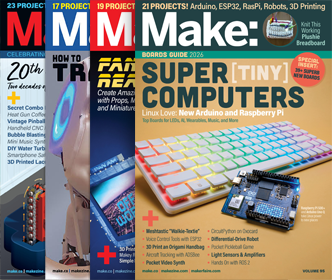Sisyphean Automaton
There are three movements, controlled from 3 axles, and the gears on the axles have prime numbers of teeth (23, 43, 59). So technically the movements will only repeat every 58,351 turns of the small gear. There’s also a semi-random toggle on the head motion, so it will never really quite repeat. Almost all the parts press fit and/or lock together, so the whole thing can be disassembled to a pile of parts, then reassembled, adjusted, and set going again without tools.







